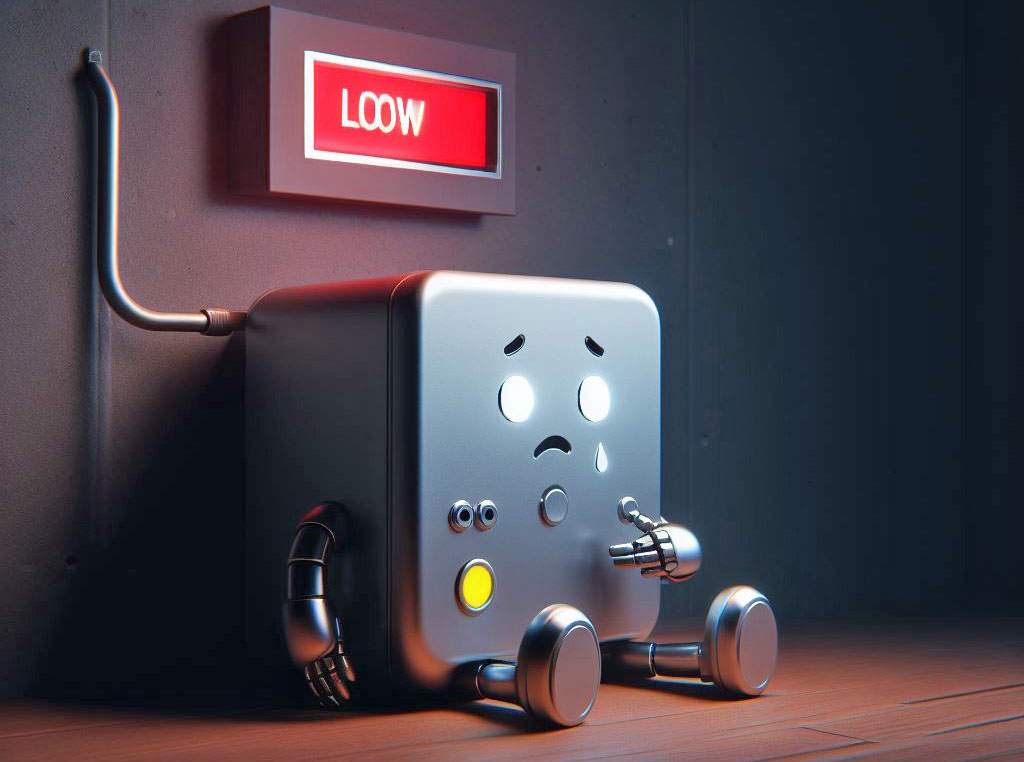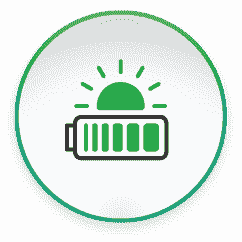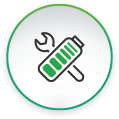Background
Home battery systems are clever things, charging up from your solar panels so that you can continue to keep using your solar power after the sun has gone down. However, in the UK we do have an issue that is no great surprise to anyone – we don’t have much sunshine in the middle of winter.
The issue that causes is that a home battery system can run down, and never get a chance to be charged back up again for weeks or even months. While the inverter will stop emptying the battery when it gets below its minimum State of Charge (SOC), typically 20%, the battery can then continue to deplete just from running its own internal battery management system. Batteries don’t like to sit empty for long, and batteries that are left at their minimum charge level for a long period of time can experience significant, sometimes irreversible damage.
It is highly recommended that all home battery systems are set to charge up from the grid at regular intervals during the winter period. Of course, many of our battery owners do that anyway. They have a cheap night-time tariff rate and use that to charge the battery cheaply from the grid, and then use it during the day to supplement the solar.
However, even if you don’t have a cheap tariff we recommend charging the battery regularly anyway to ensure its continued health. There will be a small cost associated with this, as there is always some electricity lost during charging and discharging, but it will be relatively minor (and certainly so compared to the value of the battery).
Process
We suggest you set your home battery system to charge up to 100% overnight at least once per week to keep the battery healthy and to allow for battery balancing. For example, set it for the early hours every Sunday morning when it is likely otherwise to be idle.
Instructions for particular battery inverters are as follows:
Remedies
If you haven’t set your battery to charge regularly then you may see issues with it. Leading up to this you will see the battery level falling below its official minimum (this value varies, but typically it’s 10% to 20%). If the value is, say 5%, then the next day 4%, then 3% you are in dangerous territory and the battery is likely about to shut down. On some systems this is followed by the system reporting a fixed and unchanging, but wrong, value (for example, Solis and Sofar inverters typically report a battery level of 80% once they lose communication with the battery).
Once it has completely emptied then you are likely to see particular symptoms including battery errors and warnings, and the battery failing to charge even on a sunny day. The situation is rather like where your car won’t start because the battery is empty.
If you are a Tanjent customer then you can contact us via the support page for help. Initially we will generally recommend that you restart the inverter, as that may wake the battery back up again.
If that fails, we offer two optional remedies for restarting the battery:
Options:
- We can loan you a battery charger that allows you to force charge the battery while disconnected from the inverter. Once charged up you reconnect it to the system and it should operate normally again.
- If you don’t feel confident in doing it yourself then we can do it with a site visit (but there may be a charge for this).






